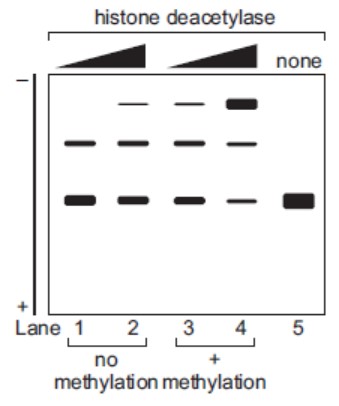TLS Online TPP Program
More Questions
TLS Online TPP Program
#Question id: 10836
#Unit 10. Ecological Principles
Which of the following is an example of a plant morphological defence?
TLS Online TPP Program
#Question id: 10837
#Unit 10. Ecological Principles
Milkweeds contain
TLS Online TPP Program
#Question id: 10838
#Unit 10. Ecological Principles
Fighting over shared resources is called
TLS Online TPP Program
#Question id: 10839
#Unit 10. Ecological Principles
Which of the following statements about plants and herbivores is true?
TLS Online TPP Program
#Question id: 10840
#Unit 10. Ecological Principles
Why are monarch butterfly’s toxic?
TLS Online TPP Program
#Question id: 10841
#Unit 10. Ecological Principles
An animal that is cryptically coloured probably

